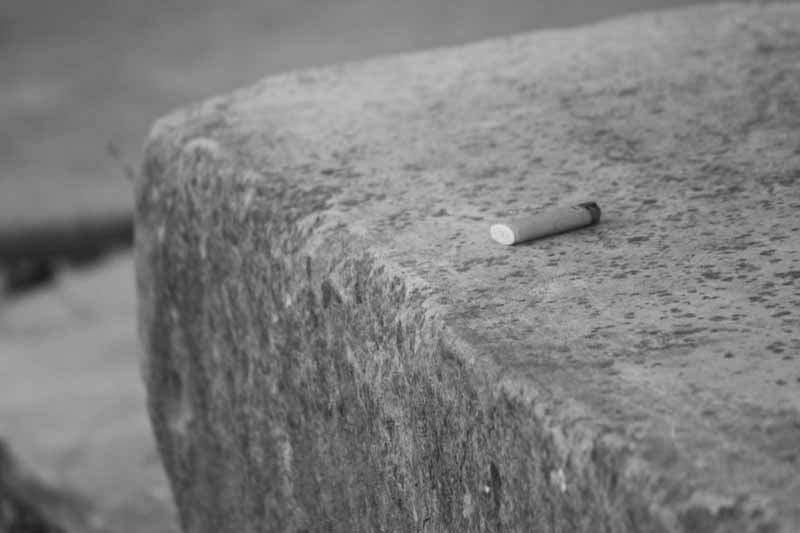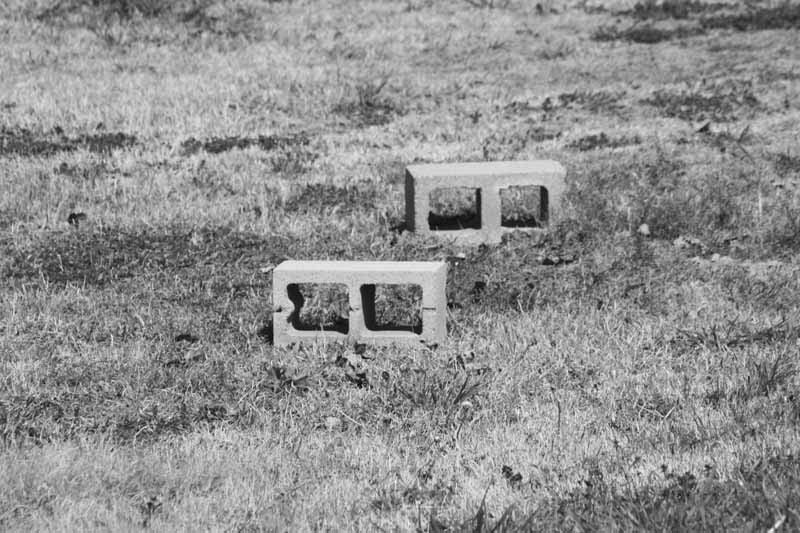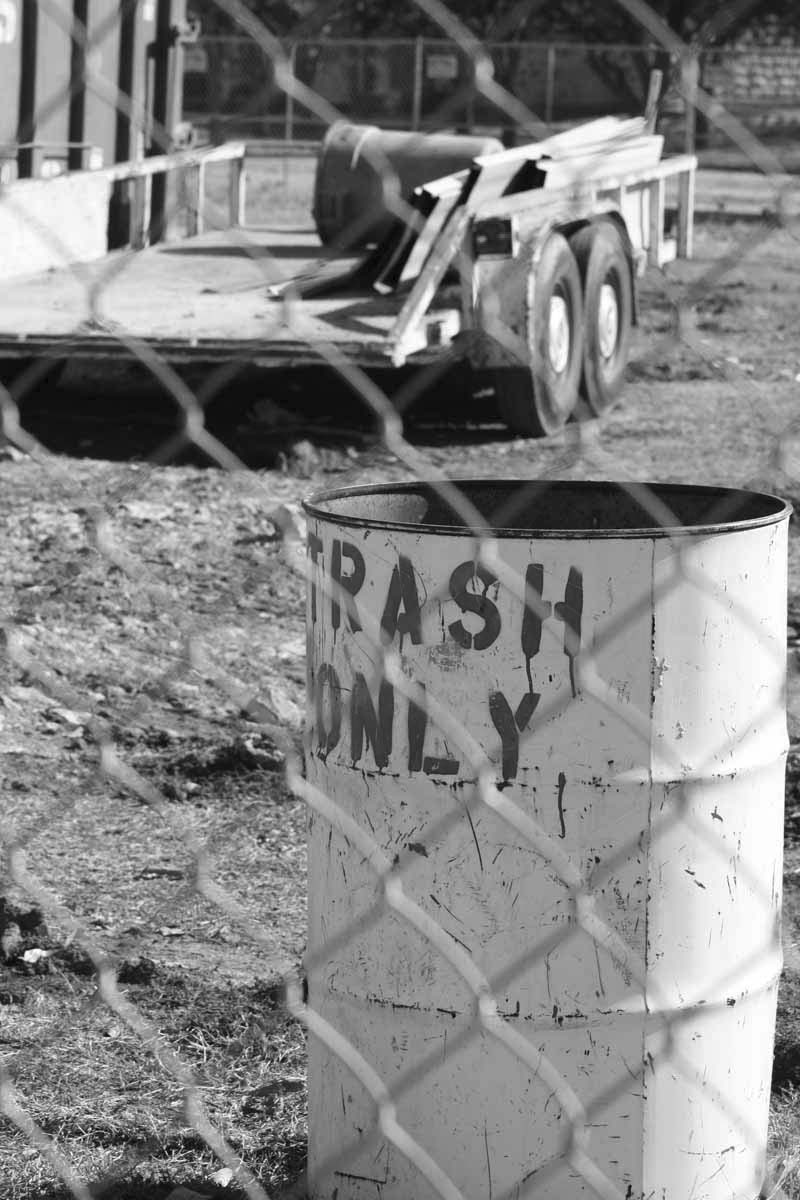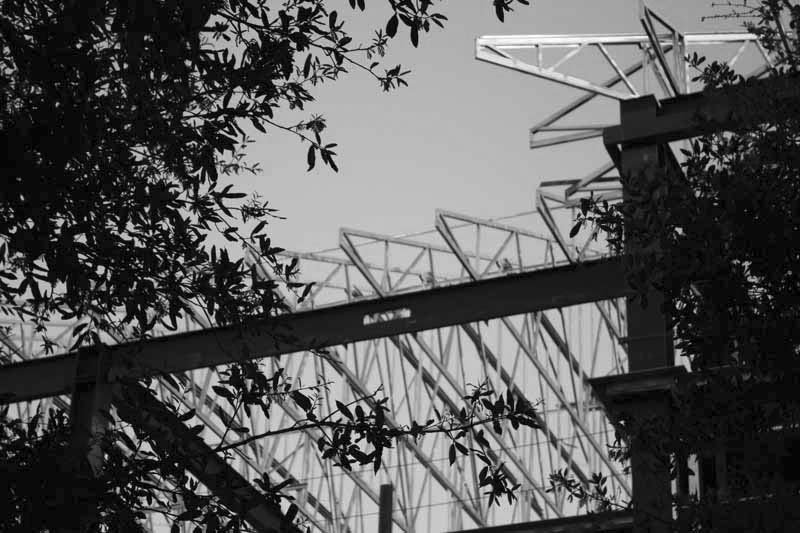 |  |  |
| Semiotics | Discourse II | Visual Objects |
 |  |  |
| Semiotics | Discourse II | Visual Objects |
| Beyond the realm
of interpreting objects as particular cultural signs in the world lies a
much more intimate effect that consuming culture has on us. Aside from
influencing our response to certain semiotic stimuli, consuming culture
can take greater control in tapping into our very way of thinking. Tim
Edensor writes that "the contemporary production of urban space is
coterminous with regulation, surveillance, aesthetic monitoring and the
prevalence of regimes which determine where and how things, activities
and people should be placed" (Edensor, 54). Essentially, these are
rules produced by society which ingrain in our minds what the 'natural'
role of things should be, and that we should subscribe to these roles.
This kind of socially produced notion that everything is as it should be
should bring to mind another equally important idea: that things are
quiet, far too quiet. Edensor remarks that "[t]he pervasive production
of a normative semiotics of place deters the facility to decode space in
ways at variance to preferred meanings, tending to thwart an enjoyment
of the inevitable inconsistencies that prevail in all spaces" (Edensor,
58). That is, consuming culture not only leads our gaze away from the
stories that certain objects may have to tell, but also directs that
gaze toward what we 'should' be seeing. And so, the individual is not
only misdirected but intentionally mislead. "This aesthetic encoding,"
according to Edensor, "reinforces notions about how urban culture is
presented and staged, where things should be placed, and how difference
should be contained" (Edensor, ibid). The advantage here again, however, lies in the ruin, those "exemplary spaces that simultaneously produce disorder and semiotic and material excess…[that] contain manifold unruly resources with which people can construct meaning, stories and practices" (Edensor, 62). In this way, ruins provide the raw material necessary to fabricate new ways of seeing that encourage a more intimate understanding of a thing compared with the homogenized version of what a thing 'should' be or what it 'should' do. As Edensor comments, "[r]uins entirely rebuke these normative aesthetic orderings and accordingly are ubiquitously described as unattractive or ugly. [Edensor's] own view is that [sic] they gain an aesthetic charge by virtue of this difference" (Edensor, 76). Because they do produce a kind of cognitive dissonance that resonates with us, ruins are hastily cast aside by consuming culture due to this very lack of conformity. But Edensor suggests here that this is not only is this not a quality of ruins that diminishes their importance, but instead one that should be praised. In sum, ruins reclaim their own sense of agency when they cast aside the ordered systems of the society which rejected them. "The happenstance montages of ruined space," writes Edensor, "comment both ironically on the previously fixed meanings of their constituent objects, and the ever-so-carefully arranged montages of commodified space" (Edensor, 77). Thus, through their mere existence, ruins empower themselves while leaving the socially constructed norms of society slightly less powerful. Because of this cognitive dissonance and subsequent commentary that ruins create about consuming culture, there is always the potential for a new perspective. As Edensor puts it, "[the] mysterious appearance of certain objects in places where they clearly do not belong can [certainly] confound and surprise" us (Edensor, 78). The trick is that these objects confound the normative structures of society as well. |
 |
 |
| Victor Burgin
looks to the power that institutions have in impressing these normative
structures on us in the first place, and how photography can reveal
this. Like the ruins described by Edensor, Burgin writes that "[i]n one
institutional context or another…photographs permeate the environment,
facilitating the formation/ reflection/ inflection of what we 'take for
granted'" (Burgin, 130). Thus, acting as agents of consuming culture,
photographs emphasize what it means to see 'correctly.' But if there is
a correct way of seeing, that inherently means that we can at least
conceive of another way of seeing that these institutions would deem to
be less correct or flat out wrong. In thinking about these possible
meanings conveyed through and by photography, Burgin remarks that
"photography shares an attribute of language" (Burgin, 130). Just for a
moment, imagine the hundreds of languages in the world, each with its
own way of expressing and describing. Now imagine these languages, in
all their vibrancy, reduced to monochrome. Clearly, language is more
than a way of talking about things; it is a way of relating those things
to one's sense of self. Burgin writes that "[t]he structure of the
symbolic order channels and moulds the social and psychic formation of
the individual subject, and it is in this sense that we may say that
language, in the broad sense of symbolic order, speaks us" (Burgin,
132). Therefore, rather than letting our language limit us, we should
use it to open up new and varied possibilities of expression. The same should be done with photography. We should not be mere bystanders in the world allowing certain expressions or images to pass us by simply because they are deemed unworthy by consuming culture. Burgin emphasizes that "[t]he effect of representation (the recruitment of the subject in the production of ideological meaning) requires that the stage of the represented…meet the stage of the representing…in a 'seamless join'" (Burgin, 135). This hearkens back to Edensor's idea about how society seems to blind us to those things which it can't find a 'proper' place for. Photography helps us to break the pattern, burst free from this kind of containment. As a snapshot, a photograph shows us an object at one instant in time, which at the same time is a combination of all the other instances of that object up to that point. According to Burgin, "the photograph itself is a place of work, a structured and structuring space within which the reader deploys, and is deployed by, what codes he or she if familiar with in order to make sense" (Burgin, 137). The key is not to allow what makes sense to be determined for us, but rather to determine it for ourselves. And there are plenty of institutional structures at work to keep us confined. |  |
 |
Anne Friedberg approaches this issue from the point of view
of the Panopticon, the 'all seeing' tower analyzed by Michel Foucault.
The point that Friedberg makes here is that a whole slew of
institutional devices are employed by society to work on us, even in
ways that we might not even be aware of. As she explains, "a wide
variety of apparatuses [have] extended the 'field of the visible' and
turned visualized experience into commodity forms" (Friedberg, 395).
That is, in acting on our desire to see beyond, these apparatuses have
found ways of redirecting our gaze so that we believe truth is being
revealed to us; the reality is truth is actually being hidden.
Essentially, this way of thinking and seeing keeps us in a perpetual
cycle of wanting to look and being told what to look at; any desire to
look beyond is simply curtailed by these institutions into looking
straight ahead again. In keeping with Foucault's theory, Friedberg writes that "Foucault finds the origins of modernity in the reordering of power and knowledge and the visible," in how what is shown or revealed becomes a means of sapping power from the individual and supplying it to society (Friedberg, 396). In this way, cultural institutions come to use our very desire to know against us. Yet however much control these institutions have over the ways in which certain knowledge is revealed, we retain the desire for ourselves. And it is through engaging that desire, by straining our eyes to see beyond society's charade, that we encounter the possibilities found in ruins. The alternative is to remain, as Friedberg comments, "engaged in the pleasures of mastery over an artificially constructed world, the pleasure of immersion in a world not present" (Friedberg, 403). We need to tap into our desire to know instead of just accepting that society knows what's best for us. |
| Rosalynd
Williams elaborates on this point in her discussion of the human ability
to imagine and create, and how this inclination was quickly turned
toward the role of the object in society. That is, objects become the
end of human thought and desire. As Williams puts it, "things [came to
challenge] art and religion as focal points of human aspiration"
(Williams, 158). Humanity no longer looked to the works of great
painters or musicians, or the deities of a potential world beyond for
deeper understanding; rather, satisfaction could be found in
relentlessly creating and obtaining things in this world. But this
dominance of the commodity as the purpose of humanity didn't happen all
at once. Williams explains how, once again, institutions had to be set
in place in order to establish this kind of commodity fetishism. The
institution which she dwells on in particular is the exposition, "[t]he
purpose of [which] was…to teach a 'lesson of things'" (Williams, 169).
That is, the exposition exposed individuals to the possibility that
fulfillment could be found in material things; and it offered an ocular
feast of possibilities to fill this void. Of course, as history has shown, commodification of objects, at least in this way, only paves the way for newer and newer objects, trapping the individual in a vicious cycle of consuming. As "merchandise [came to] fill the needs of the imagination," humanity's desire to push the limits of understanding through unique expression became dulled (Williams, 172). Yet while this kind of commodity fetishism that developed didn't truly allow fulfillment through objects, I think Edensor would argue that's not the point. In exploring ruins, those objects which no longer meet the latest and greatest trends, we are sharpening ourselves to once again cut through to the truth about institutional structures. Williams says that "technology made possible the material realization of fantasies," but I believe this can help us rather than keep us in the consuming cycle (Williams, 173). Through the technology of photography, we can once again realize the potentiality of derelict objects and come to understand that what is truly derelict are the institutional norms which consuming culture imposes on us. |  |